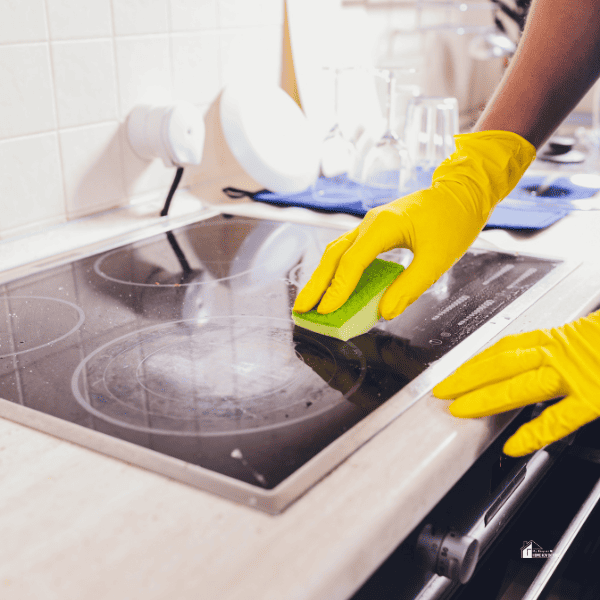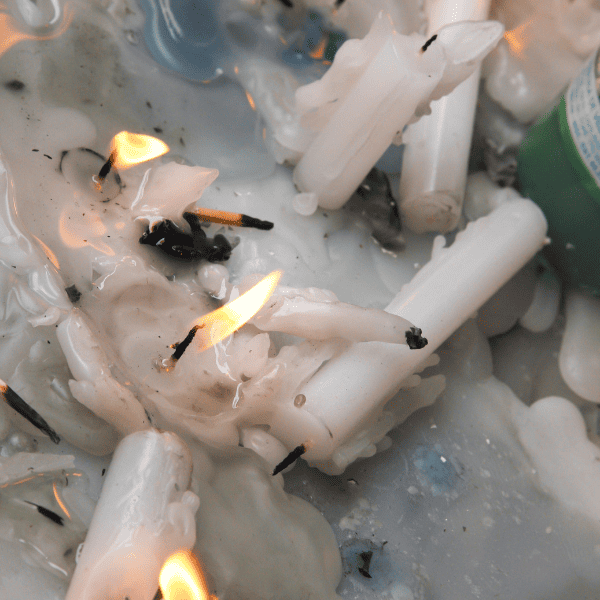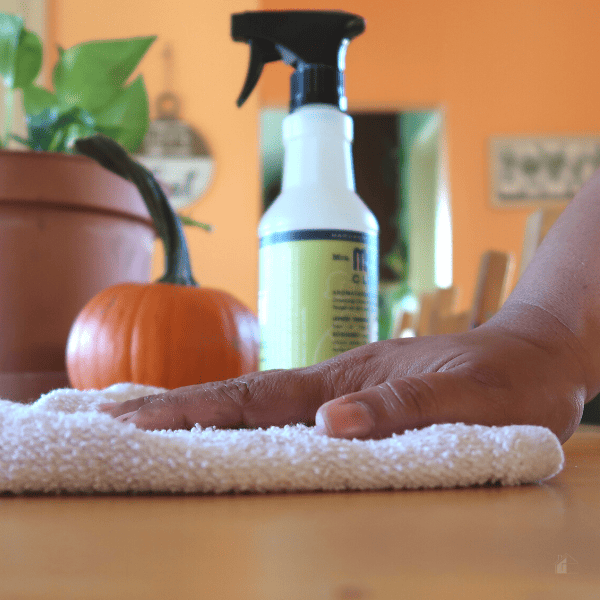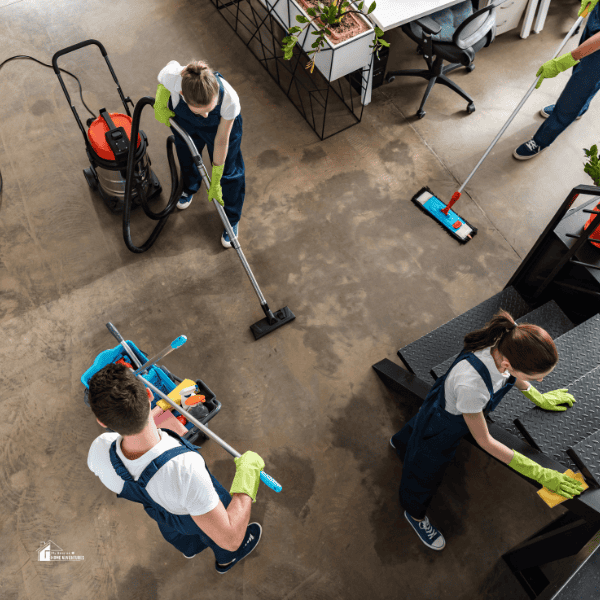Cleaning Your Place After Grooming Your Cat
This post may contain affiliate links which might earn us money. Please read my Disclosure and Privacy policies hereDo you feel like you’re taking a trip to the moon and back every time your cat gets a grooming session? All that extra fur, plus the occasional mess here and there, can make cleaning up after feline grooming sessions seem impossible!
The grooming sessions can sometimes leave your home looking like a miniature snowstorm just passed through, especially if your cat is of a long-haired breed.
Fear not, for with a little know-how and a few practical tools, you can easily restore the cleanliness of your home.
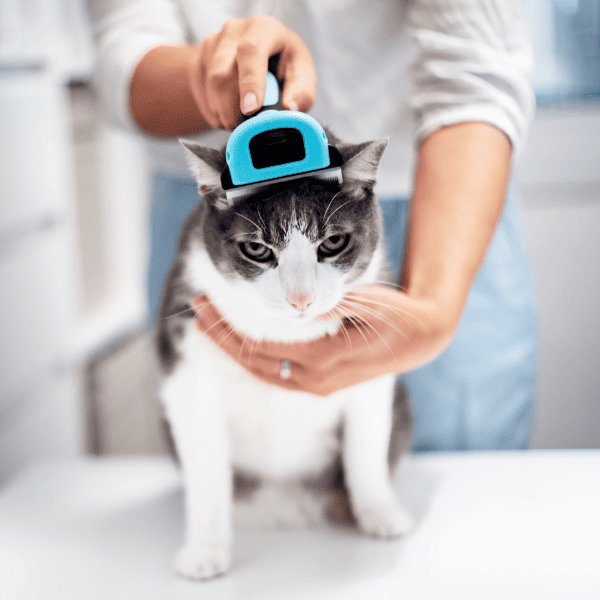
Select the Right Tools: The Best Brush for Long-Haired Cats
Opting for a good grooming tool, like the best brush for long haired cats, can greatly influence the efficiency of your grooming sessions. This specialized brush can trap more hair, minimize shedding, and reduce the overall mess.
- Choosing the Brush: The perfect brush for long-haired cats is designed to penetrate deep into your cat's undercoat to remove loose hairs before they can be shed onto your furniture and floors. It effectively reduces loose hair from shedding up to 90%. Look for brushes with stainless steel teeth that glide through the fur without tugging, making grooming a comfortable experience for your cat.
- Usage of the Brush: Brush your cat regularly – ideally every other day and more frequently during the shedding season. Regular brushing helps to prevent hairballs, keeps your cat's fur clean, and reduces the volume of loose hair around your house. Always be gentle and make grooming a positive experience for your cat. Rewarding them with a treat afterward can help associate grooming with a positive outcome.
Prepare a Grooming Station
To further limit the mess, create a designated grooming area that can be easily cleaned. This can be any place in your house, but ideally, it should be a confined space like a bathroom.
- Location Selection: Choose an easy-to-clean area with hard flooring, like the bathroom or kitchen, as your grooming station. If possible, close the door to prevent your cat from running off during grooming, spreading fur throughout your home.
- Towels and Mats: Before starting the grooming session, lay a towel or a grooming mat under your cat. This will help gather the loose hair, making the cleanup process easier. Consider using towels or mats that you don't mind getting dirty, as they will accumulate a lot of hair over time.
Consistent Grooming Regime
Keeping a regular grooming schedule can significantly reduce the volume of loose hair and thus, the amount of subsequent cleaning.
- Establish a Routine: Ideally, long-haired cats should be groomed every day to avoid matting and excessive hair fall. However, if daily grooming isn't possible, aim for at least a few times a week. The more frequently you groom, the less hair your cat can shed around your house.
- Benefits of Regular Grooming: Regular grooming doesn't just reduce loose hair. It can also help you spot any skin problems or external parasites early on. Plus, it can be a bonding activity, helping you build a stronger relationship with your feline companion.
Clean the Grooming Area
The immediate post-grooming cleanup should start right where you groomed your cat. This can help contain the mess and prevent the spread of loose fur around your home.
- Collect Loose Fur: Begin by collecting the loose fur that has accumulated on the towel or mat. You can do this using your hands or a pet hair remover, easily lifting and collecting the fur. Dispose of the collected fur properly in a dustbin.
- Clean the Surface: Clean the grooming area's surface after gathering all the loose fur. Wipe it down with a damp cloth or mop to pick up any remaining fur. If you use a towel or mat, shake it out outside to remove any lingering hairs, then toss it in the wash.
Tackle the Furniture
Even with the most careful grooming, some fur may find its way to your furniture, especially if your cat decides to lounge on the sofa or chairs post-grooming.
- Use a Lint Roller: A lint roller is a simple yet effective tool for picking up pet hair from various surfaces, including furniture. Simply roll it over the furniture to pick up loose hairs. Be sure to cover all the areas your cat may have visited.
- Vacuum Upholstery: For a more thorough clean, especially if your furniture is heavily upholstered, use a vacuum cleaner with a pet hair attachment. This device is designed to lift and remove fur from furniture, making the task easier and more efficient.
Sweep and Vacuum the Floors
Your cleanup session should conclude with a comprehensive cleaning of your floors. This step is essential as loose fur can easily spread around your house on foot traffic.
- Sweep Hard Floors: For hard floors, a good sweep with a broom or a dry mop can effectively gather any scattered fur. Start from one end of the room and sweep towards the other end, collecting the fur as you go.
- Vacuum Carpets: Carpets can trap a lot of fur, so thorough vacuuming is necessary. Use a vacuum cleaner with strong suction and, if available, a pet hair attachment. Be sure to cover all areas, especially under furniture and other hard-to-reach places. Don't forget to regularly empty the vacuum cleaner's dustbin to maintain its effectiveness.
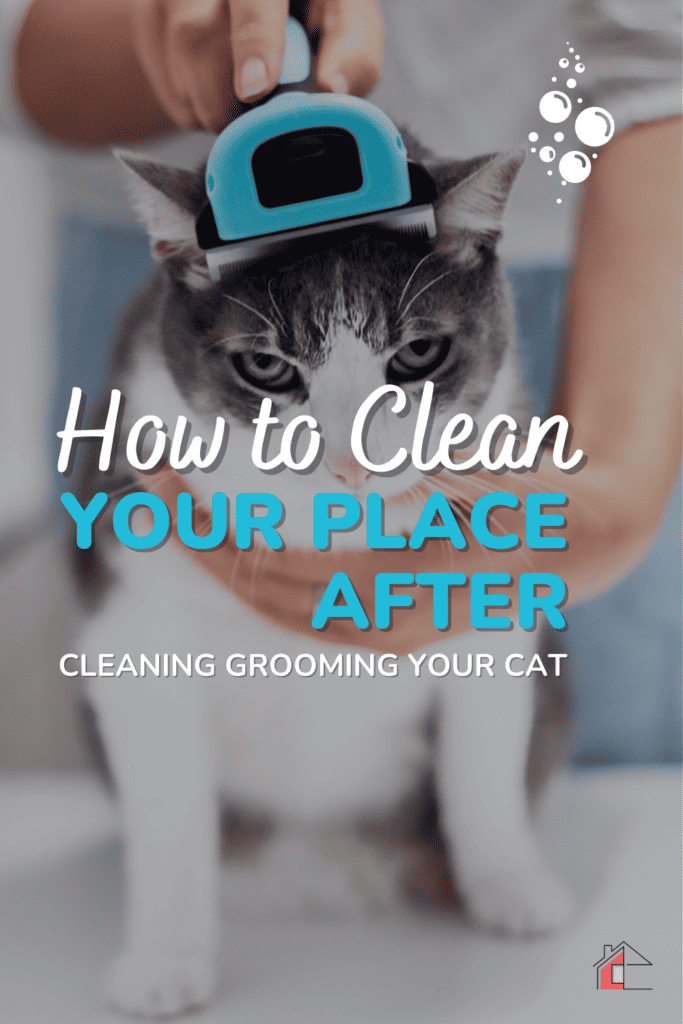
Cleaning your home after grooming your cat may seem like a daunting task, but with the right tools and strategies, it can be made a whole lot easier.
By preparing properly before grooming, choosing the right brush, and following a systematic post-grooming cleanup routine, you can ensure both your home and your cat stay clean and happy.
Every cat is unique, so you might need to tweak these steps to suit your specific situation. Happy grooming and cleaning!

